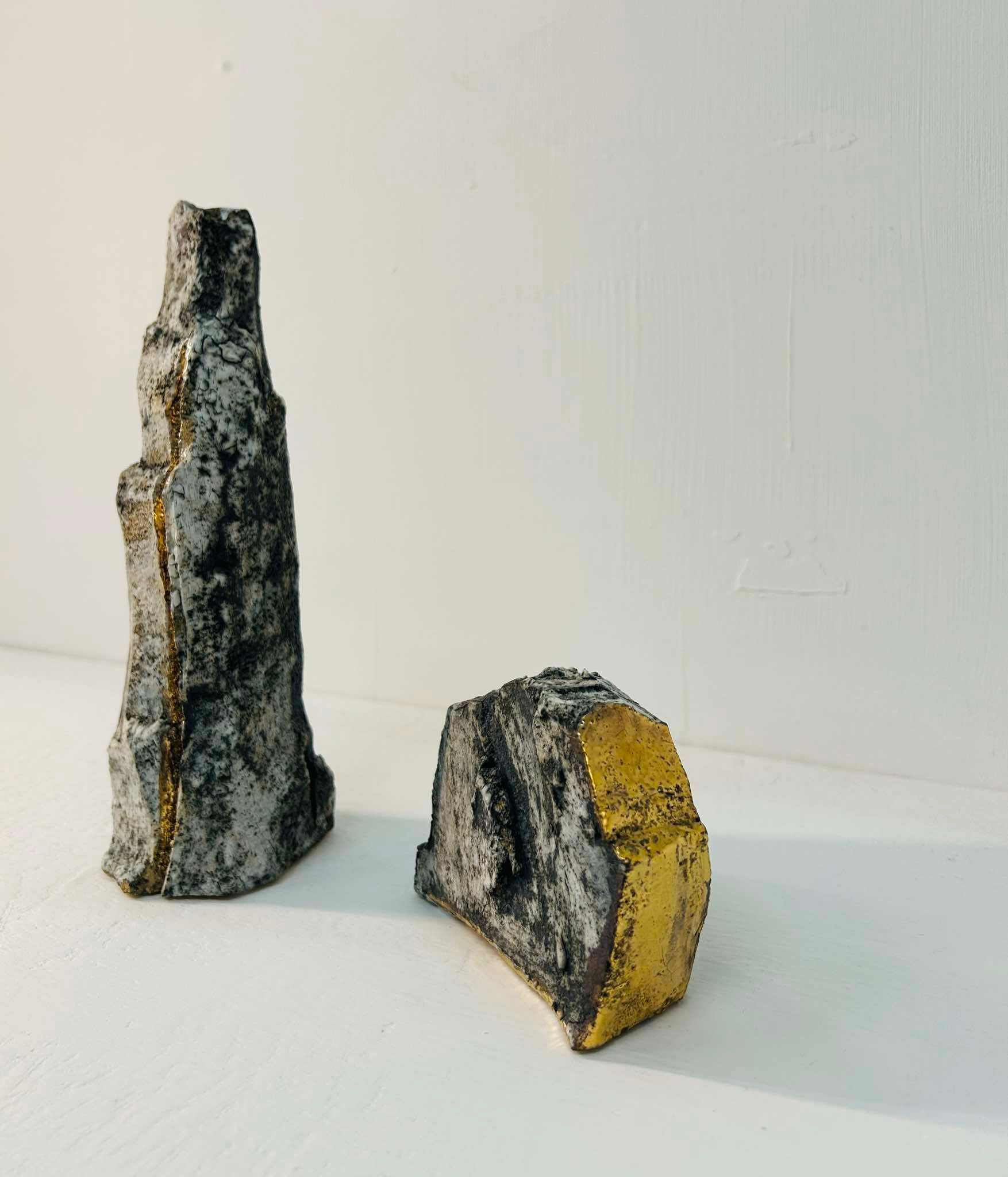Annika Berglund
'Silhouettes VIII'
A closer look by Svetlana Makhova, intern at Olivier Cornet Gallery
This work was part of a series of work created by the artists when in 2019 gallerist Olivier Cornet was invited to present a group exhibition by kind invitation of the committee of Wexford Opera Festival. That year one of the operas presented at the festival was Massenet’s ‘Don Quichotte’. Olivier asked his artists to respond to themes in the original novel by Miguel de Cervantes. The exhibition travelled to the VUE Art Fair, RHA Dublin, later that year before being presented at the Olivier Cornet Gallery from January to March 2020.
The main idea of the exhibition titled DRAWING ON DON QUIXOTE
was the search for truth and justice in an era where there has been a lot of false information, distorted reality and fake news.
Here is an extract of the press release for the exhibition:
“…The other appeal was the rich palette of contemporary themes in Cervantes’ novel as well as the art-inspiring-art connections: from Alexandre Dumas’ Three musketeers, through Picasso to more recently Salman Rushdie’s novel. Themes such as the quest for truth and justice in this era of fake news, notoriety and the accession to powerful positions by the underdogs -or perceptions thereof in the current re-emergence of populists-, the explorations of the troubled inner-self, love and how we relate to one another. The resilience of the individual (through desperate acts at times) against our modern-day malevolent giants, to the rallying to just causes and the emergence of the real heroes and heroines, have also provided the Olivier Cornet Gallery artists with a rich tapestry of materials.”
When I was exploring the storage area at the Olivier Cornet Gallery, I was immediately interested in Annika Berglund’s work. I found the evolution of her art really inspiring, the way she works with materials as diverse as clay, bronze, glass and felted wool.
“My work develops through a dialogue with different materials. Over time I have been working on different themes, but the interaction with the possibilities and constraints of the given material is what shapes the final result.”
Annika Berglund
In these sculptures we can see how the artist responded to the challenge of representing the familiar perceptions of these well-known characters, Don Quixote and Sancho Panza. The tall and skinny Don Quixote appears before us in the form of an elevated stone, partly carved in gold figure, and next to him, small and squat - one can immediately recognise his eternal companion - Sancho Panza. Annika worked with stoneware, porcelain and combined it with gold. The result is unique due to Annika's unique style, the way she worked with the material, and the unusual way in which she explored the idea of creating two characters -so different from each other- but at the same time similar to each other. The two sculptures are very interesting to look at from all angles.
The sculpture that represents Sancho Panza on one side is layered with gold, which flows smoothly down its length, beautifully framing its lower edge. In the figure of Don Quixote we can see the gold running in a thin, delicate line down the front of the sculpture. I could look at these two works for hours, studying every detail, every element, every smooth transition of colour: materials passing from one to another, clear lines, a combination of stoneware, porcelain and gold inclusions create a unique, inherent only to Annika’s style of work.
Svetlana Makhova

